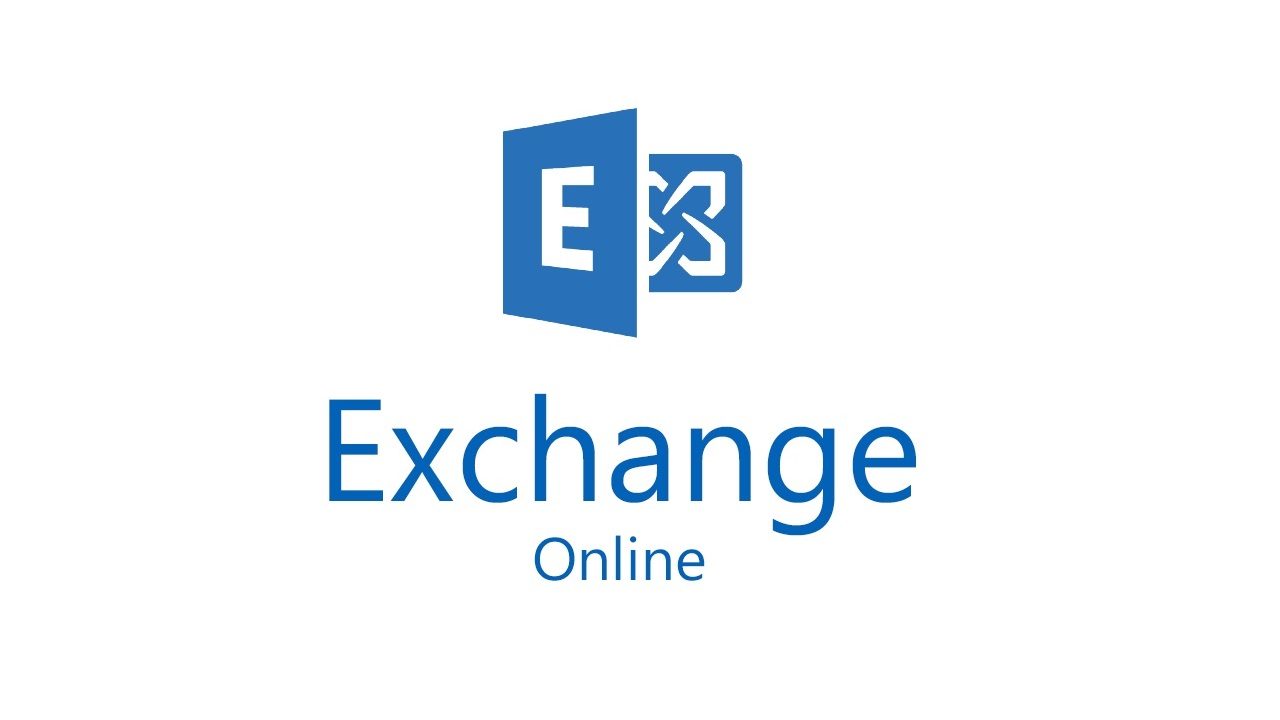Licensing Exchange Online Shared Mailboxes
Microsoft Changes Exchange Online Provisioning
Beginning later this month, Microsoft will change the provisioning process for Exchange Online shared mailboxes to ensure that these mailboxes receive a 50 GB quota. Microsoft’s documentation has always said that shared mailboxes get 50 GB, but errors in the provisioning process led to the allocation of 100 GB quotas, just like regular user mailboxes.
The Need for Licenses
Shared mailboxes can have a 100 GB quota, but only if they have an Exchange Online Plan 2 license. However, unlicensed mailboxes that received a 100 GB quota keep it unless the mailbox’s “state” changes. In other words, if you convert a shared mailbox to be a user mailbox. If an unlicensed shared mailbox grows past 50 GB, Exchange will stop delivering email to the mailbox until the size is reduced under the quota or it is licensed.
Shared mailboxes also need licenses if they have archives (including auto-expanding archives) or you apply a litigation hold to the mailbox.
Popular Shared Mailboxes
Despite the availability of more modern collaboration methods within Office 365, shared mailboxes continue to be popular with customers. Common use cases include:
- Converting mailboxes belonging to ex-employees to shared mailboxes to free up Office 365 licenses. If the converted mailboxes are bigger than 50 GB, they’ll need licenses if you want to keep them receiving email. If you don’t want to have ongoing access to the mailbox and just want to have the content available receiving email. If you don’t want to have ongoing access to the mailbox and just want to have the content available for compliance purposes, it might be better to convert ex-employee mailboxes into inactive mailboxes.
- Having a common point to receive inbound customer communications (help desks). This article explains the use case. Microsoft would prefer people to use Office 365 Groups for this purpose, but although Groups support the ability of members to send as or send on behalf of the group, lack of access to all the folders in the mailbox and the inability to categorize or mark items for follow-up make Groups a less than perfect solution in this scenario.
- Basic collaboration within a small group. This might be true on-premises, but Office 365 Groups or Microsoft Teams are better cloud solutions.
Migration Targets
I do not think that a high percentage of shared mailboxes active within Exchange Online exceed 50 GB, but it is true that more of these mailboxes exist in Exchange Online than do on-premises. The reason is that shared mailboxes are also used to move data into Office 365 from legacy archiving systems or other email systems. Shared mailboxes are convenient migration targets and once the data is in the mailboxes, it is indexed and available to the full breadth of Office 365 compliance functionality.
In these cases, if you want to move more than 50 GB into a shared mailbox, you must license the target mailboxes first.
Understanding Shared Mailboxes in a Tenant
You can get a list of shared mailboxes in a tenant by looking in the Groups section of the Office 365 Admin Center. However, this doesn’t tell you what the current quota is for the mailboxes or what’s used. To get this information, we must use PowerShell.
Here’s a simple script to fetch a list of shared mailboxes and then report the current quota used, the allocated quota, and the license state. Get-MailboxStatistics is a “heavy” cmdlet, meaning that it takes more resources to run than most other cmdlets, so the script will be slow to process a large set of mailboxes.
$SMbx = Get-Mailbox -RecipientTypeDetails SharedMailbox -ResultSize Unlimited
$Report = @()
ForEach ($S in $SMbx) {
$Stat = (Get-MailboxStatistics -Identity $S.Alias | Select ItemCount, TotalItemSize)
$ReportLine = [PSCustomObject][Ordered]@{
Mailbox = $S.DisplayName
TotalItems = $Stat.ItemCount
MailboxSize = $Stat.TotalItemSize
Quota = $S.ProhibitSendReceiveQuota
Licensed = $S.SkuAssigned}
$Report += $ReportLine }
$Report | Format-Table Mailbox, TotalItems, MailboxSize, Quota, Licensed -AutoSize
Mailbox TotalItems MailboxSize Quota Licensed
------- ---------- ----------- ----- --------
Customer Services 143 860.3 KB (880,957 bytes) 100 GB (107,374,182,400 bytes) False
Office 365 Book Feedback 298 6.237 MB (6,540,441 bytes) 100 GB (107,374,182,400 bytes)
Redirect for Removed Mailboxes 198 814 KB (833,494 bytes) 100 GB (107,374,182,400 bytes)
Redmond Shared Events 3770 190.5 MB (199,706,644 bytes) 100 GB (107,374,182,400 bytes)
Company Information 252 897.4 KB (918,922 bytes) 100 GB (107,374,182,400 bytes)
Office 365 for IT Pros Customer Queries 212 2.052 MB (2,151,205 bytes) 100 GB (107,374,182,400 bytes) True
The Future for Shared Mailboxes
Given their popularity, shared mailboxes are not going to disappear anytime soon. The change in provisioning behavior and the clampdown on email delivery when unlicensed shared mailboxes exceed 50 GB are reminders that shared mailboxes need management from time to time. Just like the rest of Office 365.
Follow Tony on Twitter @12Knocksinna.
Want to know more about how to manage Office 365? Find what you need to know in “Office 365 for IT Pros”, the most comprehensive eBook covering all aspects of Office 365. Available in PDF and EPUB formats (suitable for iBooks) or for Amazon Kindle.




